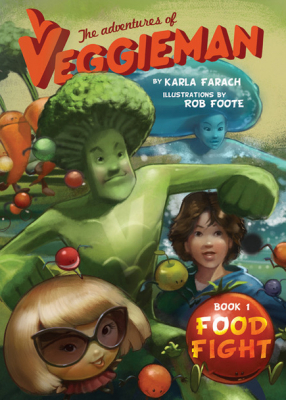
Our kids are so entrenched in gadgets and touchscreens that it’s really hard for us to introduce reading and books to our kids. It seems so simple, right? Give a child a book and perhaps they will decide to read it and continue being interested in books. If only it were so easy and simple.
The true test of parenting is maximizing your child’s potential by developing their reading skills. We know this is not a walk in the park so we’re here to help you out.
Focus on sounds that exclaim emotion.
Teaching your child to read means that you’re going to have to do most of the reading, at least initially. As you’re reading a storybook or picture book, try to focus on the words that carry emotion or exclamation because these will hold your child’s interest in the story. For your part, enunciate the sounds of consonants just a little bit more to help engage your child’s hearing of the different words. For example, when you’re reading the word, “happy”, try to aspirate or emphasize the sounds of /ha/ and /p/ so that your child will easily remember this word and how it is uttered.
Balance phonics and sight words.
There are quite a few number of children’s books that have phonics words ideal for non-readers and also with age appropriate pictures. These “sight words” are also an important part of teaching a child how to read words aloud and in their mind. Just keep in mind that this is still a challenging part of your child’s learning. Always be patient and never pressure them into reading or uttering the words with you. If they simply follow the words or sentences with their eyes, let them do so. A huge component of reading is also (yes you got it!) listening.
Use singsong and rhyming to help them remember words.
There’s a reason why nursery rhymes are the primary teaching tools that help a child talk and read. The repetitiveness and the pattern of these songs make them easy to remember for children. You can incorporate sing-songs and rhyming into your bedtime stories to help your child associate sounds into words and eventually into sentences. You can also make word cards based on any story for kids. Simple homemade cards help your child start out with shorter words before you move on to ones with more than one syllable. Again, this means that you would have to do most of the speaking and reading so just be patient with this.
Engage your child even when it’s not yet reading time.
There are plenty of opportunities throughout the day to teach your child to read, even when it’s not yet reading time. You can engage with your child during mealtime by recalling the story of Veggieman and the wonders of eating fruits and vegetables. You can also turn a simple afternoon at the playground into a game of spying words and phrases. This could be even more interesting if you bring your own word cards or flash cards with you to share with other parents and kids.
Remember that reading doesn’t have to be difficult for your child, not when you have a range of children’s books to help your child on their learning journey. To learn more, be sure to check out our articles and blogs or simply contact Veggieman.










